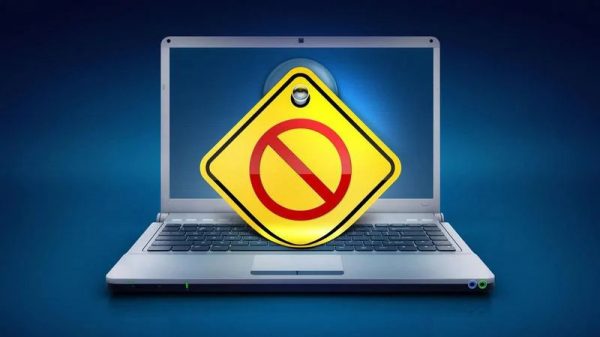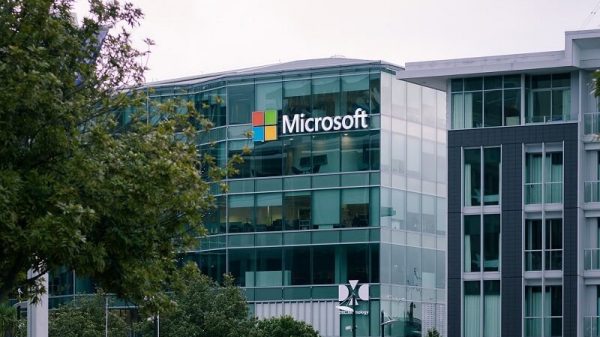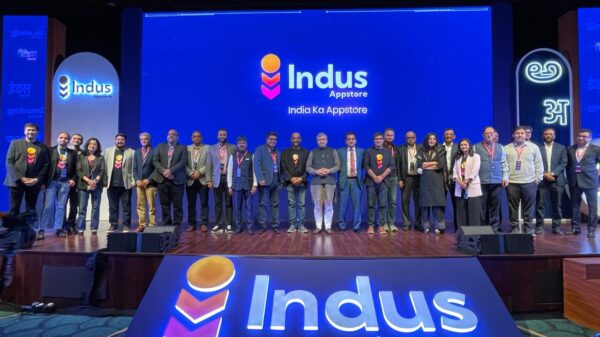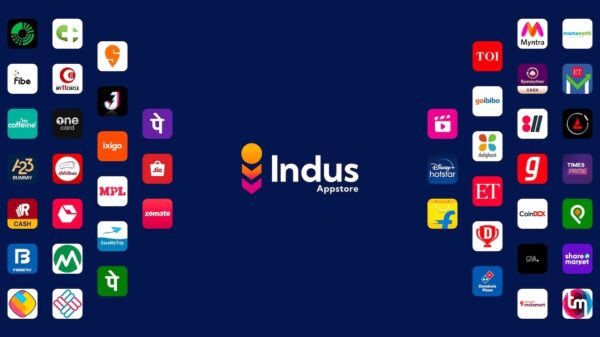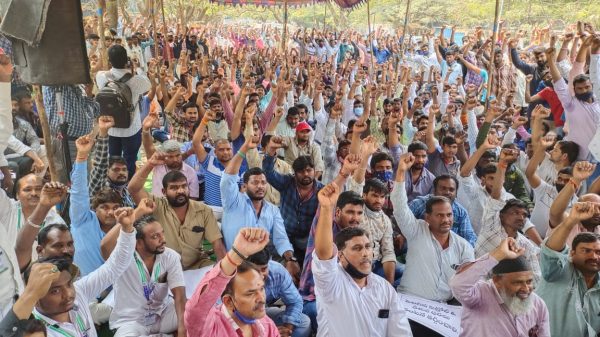Unlike UPI, e-RUPI is a digital voucher that limits where and how someone can spend money, but it also stockpiles data which in turn raises concerns of financial surveillance. On August 2, Prime Minister Narendra Modi launched e-RUPI, a payment system that sits on top of the Unified Payment Interface (UPI). But what exactly is it and what is it supposed to accomplish? Why it matters? The National Payments Corporation of India is an association of public and private banks, and yet, time and again, its systems are launched under the auspices of the government (BHIM, UPI in Bhutan, Bharat Bill Pay Service) giving it the appearance and benefits of a state-sponsored scheme. State and private-sector dependence on e-RUPI-like systems may have far-reaching consequences, especially with the data that is being collected and the potential exclusion that may follow as the instrument starts seeing wider adoption. The what and the how What is e-RUPI, and how does it work? "e-RUPI is basically a digital voucher which a beneficiary gets on his phone in the form of an SMS or QR code. It is a pre-paid voucher, which he/she can go and redeem it at any centre that accepts it," a government press release explains. What can e-RUPI be used for? Essentially, e-RUPI is a meal pass programme like Sodexo — a tool to limit where and how someone can spend money. This could be, for instance, an employer who gives their workforce e-RUPI vouchers for COVID-19 vaccines, or a hospital without an…


